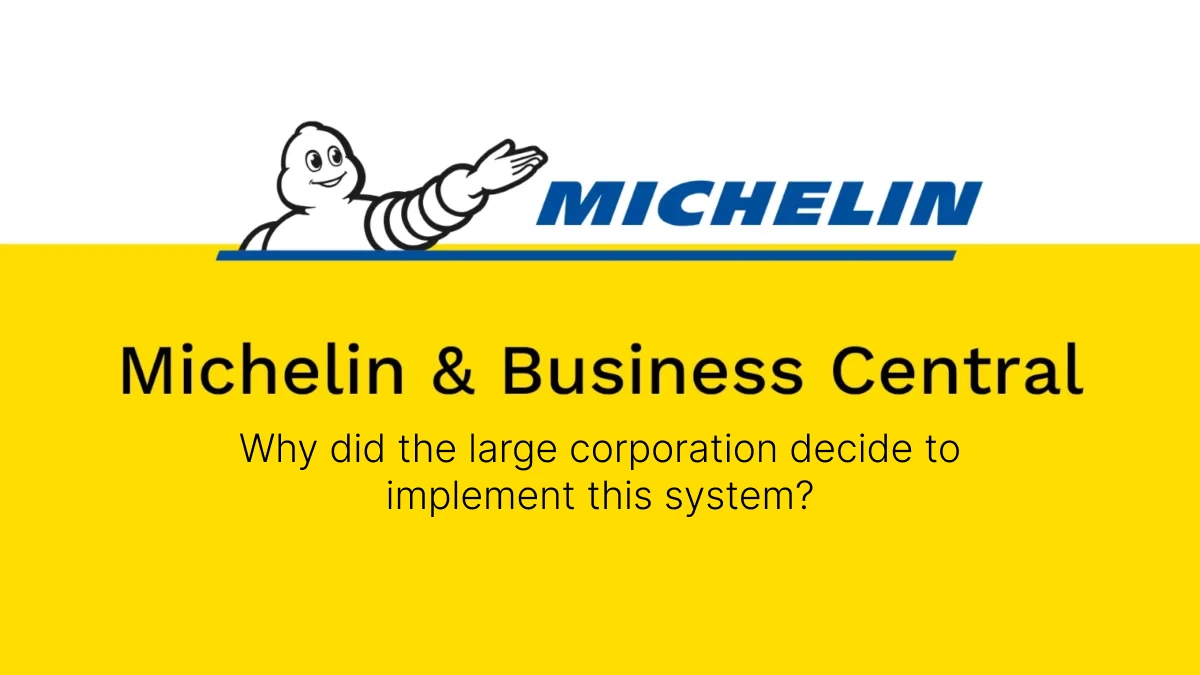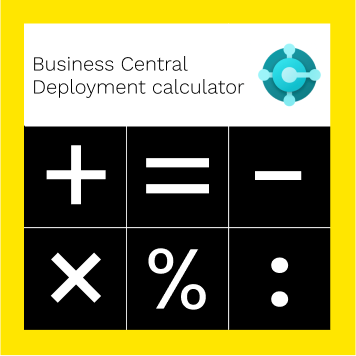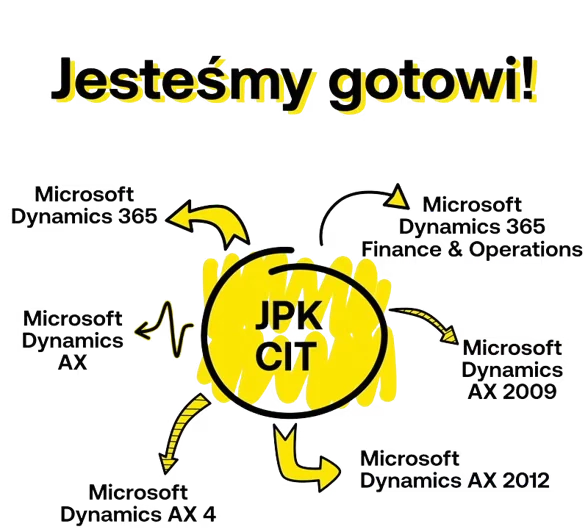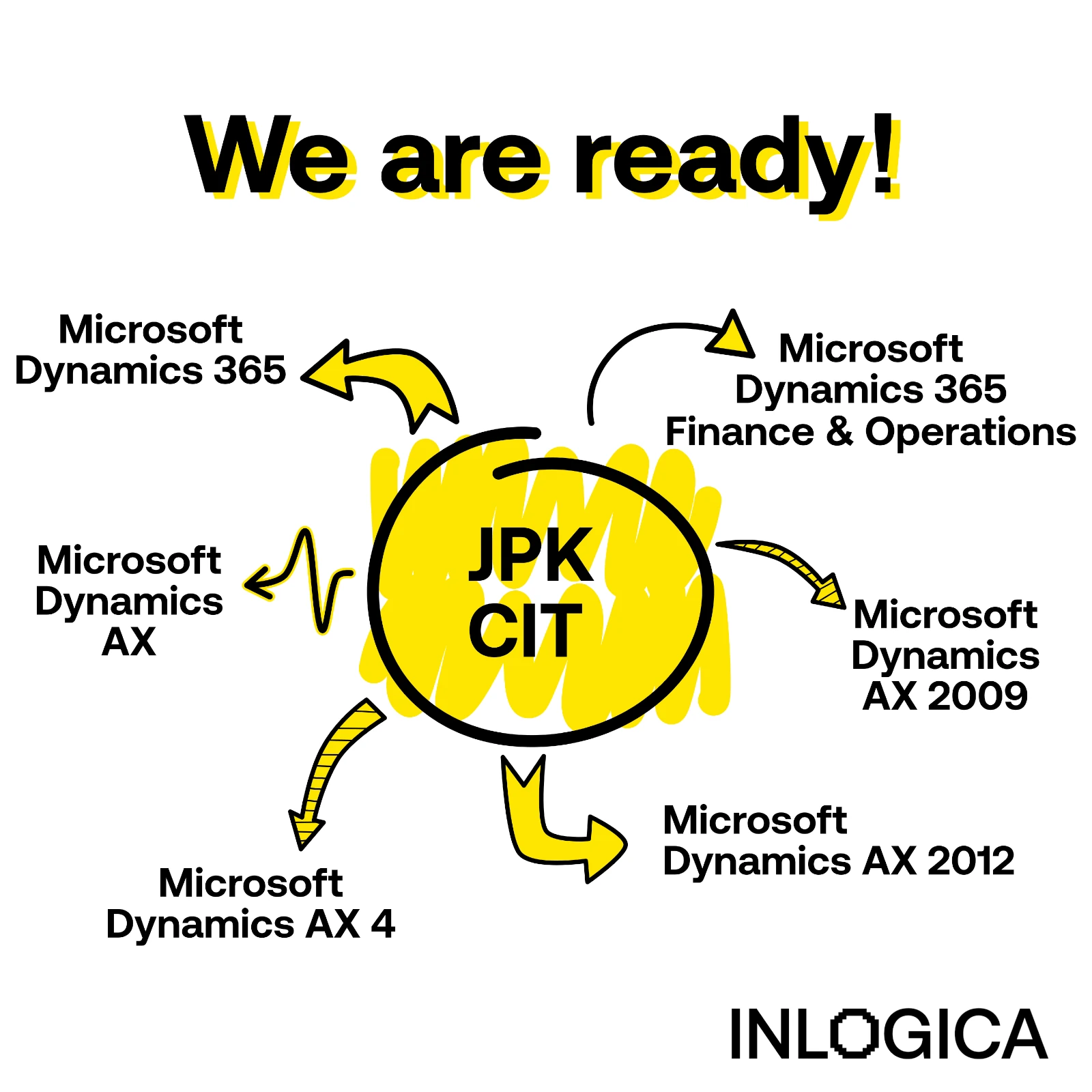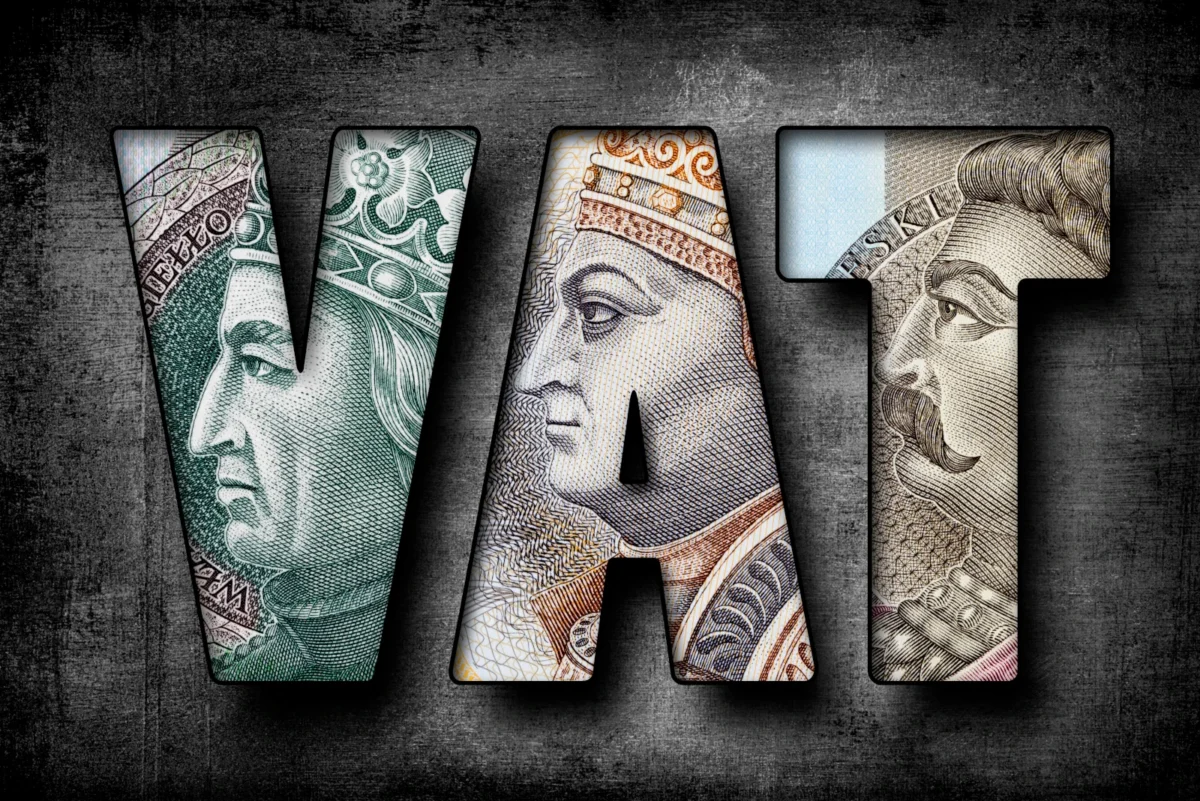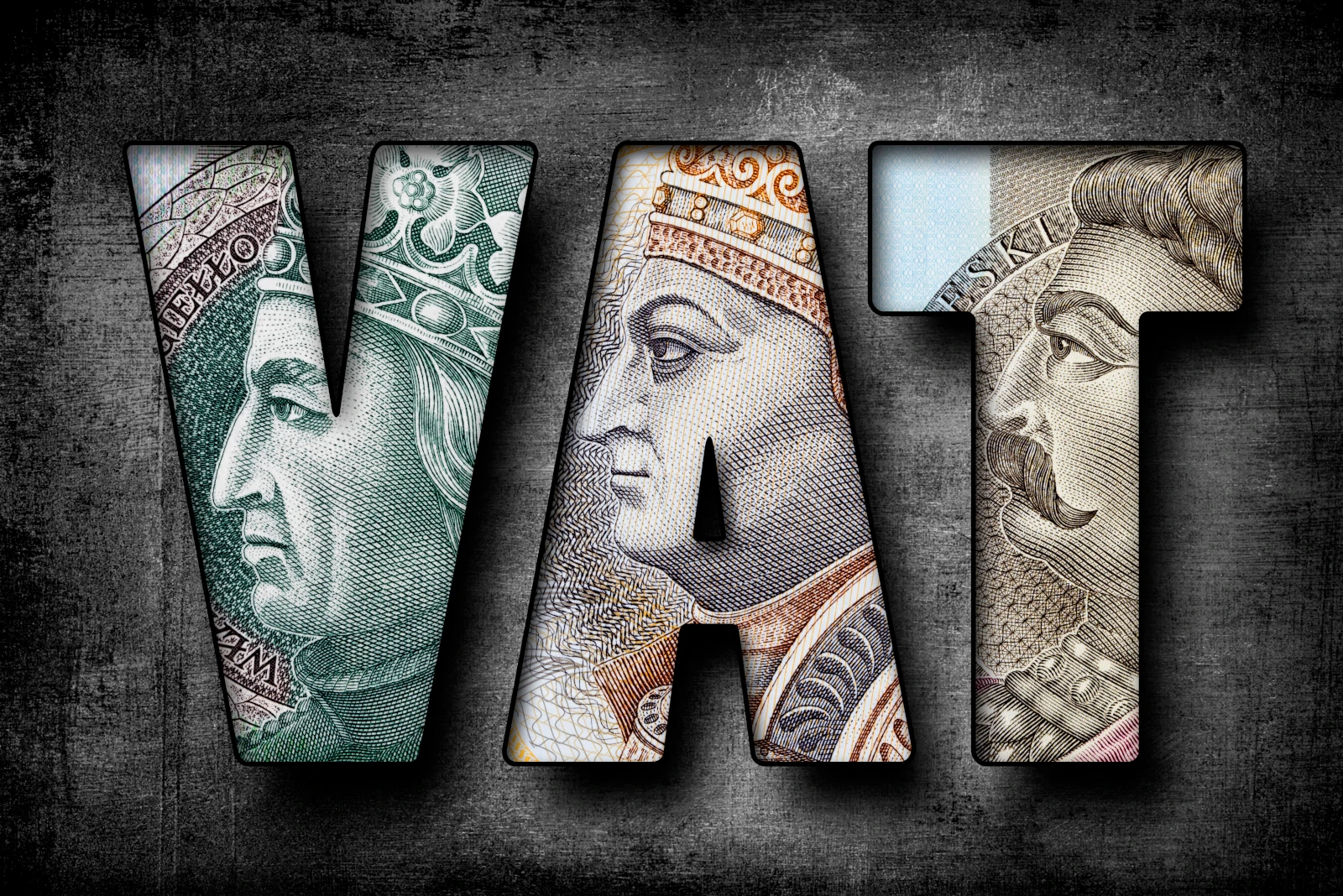- 00:00:00 Intro
- 00:00:13 Introduction of the guest – Michal Paluszczak
- 00:00:21 The genesis of implementing Business Central in 5 days
- 00:01:51 Facts, not myths – is this just good marketing?
- 00:03:09 Pre-implementation analysis
- 00:04:24 Market reaction and satisfaction guarantee
- 00:07:35 Microsoft Business Central – a premium range product
- 00:08:53 Challenges of the methodology used
- 00:09:44 The genesis of express deployments
- 00:11:38 Standard vs. dedicated solutions
- 00:12:51 Recipients of the offering from INLOGICA
- 00:15:18 Invitation to implement [ERP SYSTEM FOR FREE]
- 00:18:49 Outro
Michal Paluszczak: Some companies among our clients started with the model implementation I mentioned, which was in 6-12 weeks. There was more than one trigger for this idea.
Marek Mac: Michal Paluszczak, CEO of INLOGICA, has almost 10 years of experience in the industry. Hi.
Michal Paluszczak: Good morning, hi. Thanks for the invitation.
Marek Mac: Michale, today we have a cool topic. It’s something I’ve been waiting for, and we’ve been agreeing on for a very long time: the implementation of Business Central in five days.
Michal Paluszczak: Yes. So cool that it’s unbelievable.
Marek Mac: Exactly. How is that possible? Right away, so from the thick of it!
Michal Paluszczak: Out of the thick of it? It’s possible because INLOGICA is doing it. This answer would be the simplest. We have always been a company for special tasks. On the other hand, with this implementation, the concept was born. It’s not a crazy person’s idea that shone through, but we sat down over coffee one day and said this was a good idea. This is an idea that evolved. It has evolved since we took on Business Central.
Before that, INLOGICA mainly dealt with Dynamics systems from the AX family, i.e., AX 9-12 Finance & Operations. However, when we started doing Business Central implementations, we noticed an apparent recurrence, especially in the finance and accounting areas.
Initially, we created a model implementation schedule in the finance and accounting area, which was implemented with customers in 2-3 months and 6-12 weeks. The next step was to make more use of this repeatability and create a pre-configured system, so to speak, which can be launched in 5 days.
Marek Mac: You know, it sounds a little bit marketing.
Michal Paluszczak: This year, there have been a lot of attempts by different companies to say we’ll implement it in 30 days, and we’ll implement it in 3 months. Here, we’re talking about implementing in 5 days, so what’s the logic behind that? What is the reasoning behind it?
Among our clients, some companies started with the model implementation I mentioned, which took 6-12 weeks, but the implementation took much longer and was more complex. Of course, this is a play at the marketing level.
It is as feasible and measurable as possible for a specific group of companies with a particular profile, which I will discuss briefly. When I say profile, I mean a company in the service industry, up to 5 – 10 users, if it is a matter of scale and not the complexity of the processes in this company. Then, as much as possible, we are prepared to receive a phone call from that customer on Monday morning to give them a ready-to-use system on Friday afternoon.
Marek Mac: Ready to use doesn’t mean finished because we can develop this software further. This is where you skip the analysis stage.
Michal Paluszczak: Yes, but if I were to present it from that Monday phone call on such a timeline, that would be the most authoritative. We give ourselves a day to work on such conceptual and workshop work with the client. Consultants from us, the team, depending on the industry and the experience, sit down with such a client for 1, sometimes 2 days. We gather information that we can still pump into the system during this time and slightly change it under the profile, under the client’s assumptions. Then, we have 2 days in this schedule for internal, conceptual, testing, and administrative work. We must build these environments, set up users, and enter the company’s fundamental and registration data into this system.
Well, we have two days for the training of end users. On that Friday afternoon, when we close the door at the client’s office, we can leave them logs in the system so that they can still issue an invoice or create the first report based on data that has already been entered into the system.
Marek Mac: Tell me, you have the first feedback from the market. How do people react to it? I’m still in the position that this is a very bold project. Is it possible to convince people that implementing the system in these five days is worth it? I’m asking this because you will probably admit that people and companies want to customize their solutions very much.
Michal Paluszczak: Of course, the uniqueness, or as it were, the success in companies that implement ERP systems, also on such a scale of, let’s say, a few to a dozen users, their unique some process, their unique some features have caused them to reach some level of development and success at this point, which at least allows them to allocate a budget for such a project. Let’s face it: a one-person business that issues three monthly invoices will not be interested in a complex system like Business Central. This system gives many possibilities, but I can confidently answer that you won’t pay for it if we can’t implement it in 5 days.
If you were interested and said, “Okay, I’m checking,” cards would be on the table. You have my company and run this system at my place. Give us 5 days, and you pay. If it doesn’t work out for reasons on our side, those costs won’t apply to you.
Marek Mac: Actually, that is a nice approach.
Michal Paluszczak: It sounds butch. I don’t want it to sound that way, and I want it to sound that way, but I’m sure it will.
Marek Mac: Yes, it’s a challenge to the market and companies looking for a system.
Michal Paluszczak: Some say we are spoiling the market with this approach. We are giving this project exactly what it is worth regarding price and abundance.
After 5 days, this system allows you to operate. You can issue an invoice, create an adjustment to that invoice, record costs, and generate the first reports. All of this is possible.
Of course, if your organization wants to develop this system or is already at the start of some solutions we have set up, I will give an example of financial dimensions—we used a straightforward mechanism—two financial dimensions.
If your organization is already using 4, then naturally, this implementation will take longer, and you need to multiply this budget from 2 to 4. If we assume that setting up the financial dimensions is handled in 2 hours, and you tell us that we will talk not about 2 but 4, then this time will double.
But if your business is baseline simple, and you look at the abundance of this implementation, which is quite precisely described, if only so that it is not controversial at launch, what we agreed on and what we didn’t, it is quietly doable in these five days—Even with a gentle margin.
Marek Mac: This is a nice gateway for companies that either don’t have a system or operate on something unknown that doesn’t integrate with other solutions. Here, you come with a product that is very well known and has wide application.
Michal Paluszczak: Yes, we appear with a PREMIUM product. In general, if we talk about Business Central and Microsoft solutions, it’s hard to speak of the ERP system itself as this value anymore. Microsoft’s philosophy, which we will market with, is to talk about it and launch it using a formula such as an ecosystem.
Microsoft builds these tools around at least Business Central with ready-made integrations. For example, the most beloved tool of all financiers and accountants, Excel, is a communication tool, and Teams is a tool for analytics, like Power BI. These things are included in this implementation because by launching such cooperation with a monopolist, however, we are increasingly formatted by it, not to say entombed. Such are the risks but also the benefits.
However, a consistent tool with ready-made plug-ins requiring no programming work is faster to implement and more scalable for the future.
Marek Mac: What were the challenges when developing such an offering?
Michal Paluszczak: A good example would be the number of number series. When the consultants would come in and say, okay, we’re putting in a box, and we’re going to determine where the numbering series of each document is, every time I asked them, “How many will there be?”
Marek Mac: I’m still wondering. Earlier, we spoke with Gregory, your partner, who mentioned that he is developing a company in the States. Isn’t this the concept you could have picked up in the States? It may be already successful there.
Michal Paluszczak: A little bit, yes. There was more than one trigger for this idea. Indeed, these experiences we are discussing from the American market are centered around boxed projects or solutions. We have had an open approach to ERP implementations in Poland so far. More and more companies are talking about, I hope, also doing the kind of things that we are implementing successfully at the moment in the context of such a closed solution, ready to fire up in a few days. But here, I will emphasize that this is not the end of the road. Any company that wants to develop this system deals with a powerful tool. We, for good measure, with this instant deployment, allow you to enter this ecosystem quickly. To make it business-useful quickly. So that you don’t need an outlay of many months of work or many years of work sometimes just to invoice.
We had such a case once that a customer called and said: Mr. Michael because we have been implementing for six months. We are six months after the launch, but it was issued in another system. Why in this way? What happened here? What went wrong? Many things in a deployment like this open can go wrong.
We tried to reverse the optics here so that specific and repeatable tasks can be completed quickly and the customer can feel the increment as soon as possible.
Marek Mac: So you are a proponent of standardization. You’re moving away from custom a bit toward standardization.
Michal Paluszczak: What I try to do in these implementations is to center what I mentioned earlier, which is not to dilute those competitive advantages that caused the customer to face sometimes running an ERP system, but not to try to reinvent the wheel or the gunpowder. That has already been invented. I don’t see the need to talk about financial dimensions for over a quarter of an hour.
As I mentioned, we have a proposal in our portfolio: implementations within a specific budget in 6-12 weeks. There is space to talk a little more, to discuss with our specialists how something can work, how it should work, and how it is with us. As far as most companies are concerned, some basic financial and accounting processes work very similarly.
We can bend, stratify, and stretch them later, but ultimately, certain fundamentals remain unchanged.
Marek Mac: It must not be taken for granted that if it is a 5-day implementation, it is for small, micro companies. More than that, you start a conversation with a company that may not be aware that basic functionality is enough. During the conversation, you can expand those 5 days to many menders.
Michal Paluszczak: Of course. Our proposals are like a map in orienteering. You know more or less in what direction the finish line is, but what you meet along the way is no longer up to you.
Sometimes, it’s neither on us nor on the customer. It’s the same in orienteering. If you are given a map and know that the finish line is north of here, you don’t see what’s on the way, what swamp, what hill, or what cliff.
It’s a bit similar here. Our proposed approach makes it much easier because we always have a hard reference point. As I said about the financial dimensions, we can compare many other elements of this system, such as sales scenarios, straightforwardly.
What we knew or what we went into the project with, with what concept, and how many of these sales scenarios happened at the end, or how many of them the users of the scenarios created for us during the analysis or even replicated from the real life of the organization. Then it’s easier to talk about why something was supposed to take a quarter but will take de facto 2 quarters. If we focus in this model approach of ours on one scenario of the sales process, and the customer, because of some multichannel, has 5 of these scenarios, up to a certain point, we lead him along one path. In the end, we stratify and multiply, and then at that point, the discussion is much more partnership, open, and transparent.
It’s not like I made something up; I can only refer back to that original document and say listen, we in HappyFlow assumed this, and if, in your case, it’s five times more, then all we have to do is look at the corresponding time-consumption item in that original one, usually more or less multiply it times the multiplication that occurred, and out comes our new budget. We come out with a more realistic budget, maybe not a new one, but a realistic one that corresponds to what the company, the client, is doing.
Marek Mac: Could this be an offer for companies that want a pilot implementation? They don’t quite know what they need; perhaps they don’t have time to focus on analysis or their processes. They implemented Business Central for themselves in 5 days and have it on the side as an additional system. In the meantime, the company works on it and encapsulates its concept in the system, which is what it should look like.
Michal Paluszczak: As much as possible. You could even be tempted to have a form of invitation to your customers for this kind of experiment. You can do such an implementation or launch to test it in the company. We can think of an extra concept to document with your help, and it may be a terrific, repeatable thing. In general, one more genesis, going back to where these ideas came from for this approach, Microsoft often showed examples of companies that built on Business Central for industry solutions during webinars and events.
I remember such a presentation related to an automobile repair shop, a warehouse module used as a tray in the workshop, and a purchasing and sales module. Partners like my company were building a solution for the industry based on Business Central. We were also looking for such an industry; we went through many of them: yacht building, the funeral industry, a lot of it. Each time, it seemed to us that we hit objective limitations, or we didn’t know too much about this industry, we didn’t know how to go about it, we had too little information, or the ideas seemed too simple, so at some point we said, okay let’s jump over that, let’s leave this industry alone and make for a specific type of business. If I had to present such an ideal client, this concept we built is a service company with a maximum of 5-10 users of the system, moving into finance, sales, and purchasing.
The number of employees doesn’t matter because if we’re talking about this scale, if only because of training, we’ll fit in these 5 days: services, 5-10 users, and the system can work.
Marek Mac: What you said about this experiment is a very cool idea. You could invite someone to agree to such an implementation and revisit them after a few months or six months to see how they work. People might be a little afraid of this concept, knowing how much it costs to implement an ERP system. As we’re talking to each other here, it depends on whether you meet such requirements and your processes fit into the requirements of a 5-day implementation, but companies are probably not fully aware and have flip-flops.
So what, are we welcome to this experiment?
Michal Paluszczak: You are welcome to, by all means. We can make such an experiment. It would be worthwhile to devote some additional commentary.
Marek Mac: So it must have been a service company?
Michal Paluszczak: A service company with five to ten system users in finance, sales, and purchasing.
Marek Mac: Well, Michal, thank you very much for participating. Our experiment will be successful, and we will be able to get feedback.
Michal Paluszczak: Thank you. I wish you good luck in that case.
Marek Mac: Thanks.






